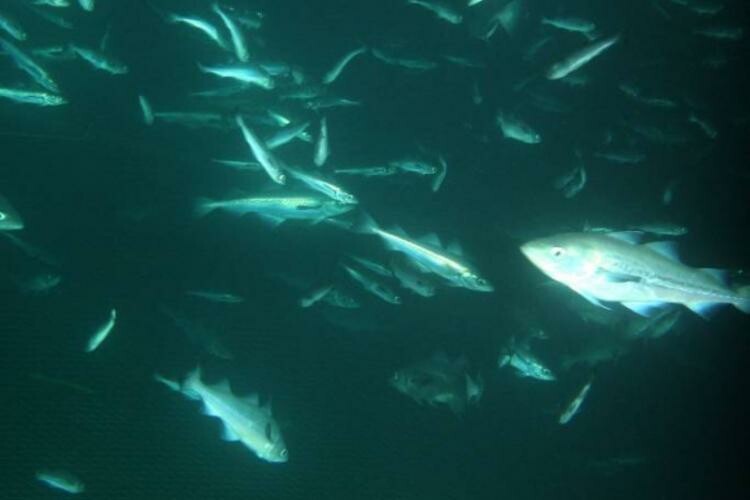Alaska’s pollock fleet enjoyed increased production as bottlenecks in delivering, processing, shipping and distributing opened up earlier this year. However, besides competition from surimi made elsewhere in the world, consumer demand for other pollock products will determine production in the coming year.
Like many other industries in the United States, the labor component hobbled nearly every facet of the industry. By the third quarter of this year, latent labor shortages still lingered, but the production of surimi appeared to be gaining.
Pollock surimi production through Aug. 15, 2020 stood at 124,031 metric tons, and through Aug. 21, 2021, it added up to 152,087 metric tons. During the second quarter of this year, production of 32,804 metric tons more than doubled the 14,912 metric tons of 2020.
According to Craig Morris, CEO of Genuine Alaska Pollock Producers in Seattle, multiple factors are in play for the 2021 season.
“With surimi block production being less intensive from a labor perspective and younger age class fish working well into surimi block production — and having this strong global demand for surimi block — it makes the decision to shift to surimi block production very logical,” he says.
Japan remains the top export market for U.S. produced surimi. Most recent historical information suggests that Japan takes around 37 percent of Alaska’s surimi, with South Korea coming in close behind at around 33 percent.
As the impact of the covid-19 pandemic escalated through the second quarter of 2020, exports to Japan fell from the 49,369 metric tons of 2019 to 38,821 metric tons and has since recovered slightly to 39,791 metric tons for the second quarter of 2021.
As for the health of the surimi market in the year ahead, multiple factors come into play.
“Looking back at 2020 vs. 2019, we know that frozen seafood and especially products made from Wild Alaska Pollock PBO and Deep-Skinned Fillet blocks enjoyed strong demand as covid-related purchasing funneled consumers into the frozen food aisles of grocery stores as well as the drive-throughs of quick service restaurants,” says Morris.
“So, all things equal and assuming that the fish age class move back more towards historic levels — and labor issues are addressed — I would be surprised if we didn’t see a shift by the industry to more PBO Fillet Block production in the next year.”







